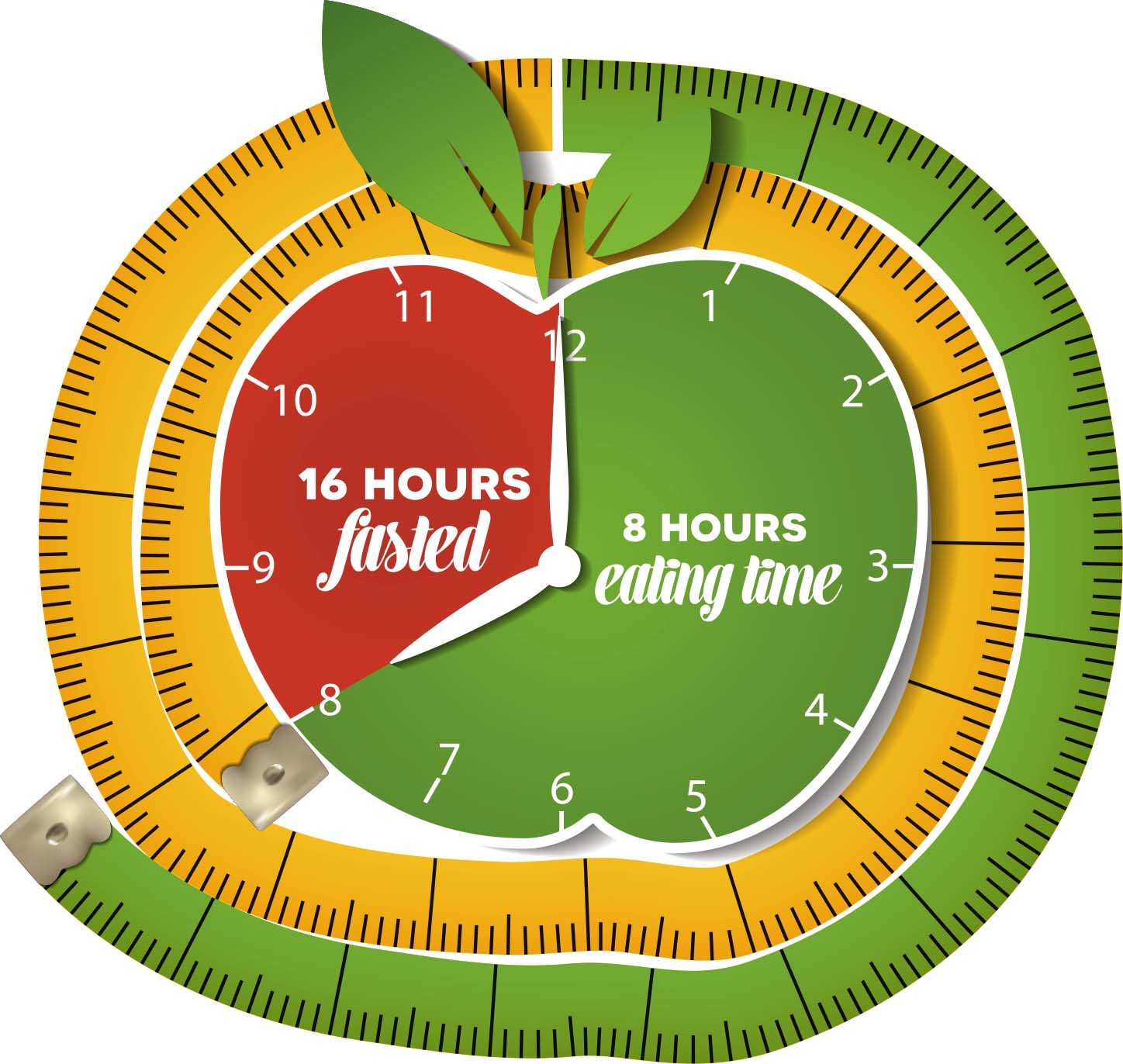Intermittent fasting has become one of the most popular health trends worldwide, embraced by millions looking to lose weight, improve their health, and simplify their eating habits. This guide covers everything you need to know about this eating pattern, from its benefits to how to begin safely.

What Is Intermittent Fasting?
This approach involves cycling between periods of fasting and eating. Unlike traditional diets that focus on what to eat, this method emphasizes when to eat. Common techniques include daily 16-hour fasts or fasting for 24 hours once or twice a week.
Benefits of Intermittent Fasting
1. Weight Loss with Time-Restricted Eating
By limiting the eating window, this pattern helps reduce calorie intake, which can lead to effective weight loss. Additionally, it may boost your metabolic rate, helping your body burn more calories throughout the day.
2. Improved Metabolic Health through Fasting
Studies show that this eating pattern can improve key metabolic markers, including blood sugar levels, insulin sensitivity, and cholesterol, supporting overall metabolic health.
For more tips on enhancing your metabolism, especially if you’re over 50, check out our article: How to Boost Metabolism After 50.
3. Reduced Inflammation from Fasting
Chronic inflammation contributes to many diseases, but this approach has been shown to lower inflammation markers, promoting better long-term health.
4. Enhanced Brain Health via Time-Restricted Feeding
This method supports brain health by encouraging the growth of new neurons and protecting against neurodegenerative diseases, potentially improving cognitive function.

Risks and Considerations of Intermittent Fasting
While this eating pattern offers many benefits, it’s not suitable for everyone. Potential risks include hunger, irritability, hormonal imbalances (especially in women), and the possibility of triggering unhealthy eating behaviors. It’s crucial to consult a healthcare professional before starting, particularly if you have existing health conditions or are pregnant or breastfeeding.
How to Start
Boost Your Intermittent Fasting Results with Java Burn
To maximize your energy and fat-burning potential during fasting periods, consider adding Java Burn to your routine. This natural supplement is designed to enhance metabolism and support weight loss, making it a perfect companion for your intermittent fasting journey. Discover Java Burn now and take your health goals to the next level!
Popular Methods
- 16/8 Method: Fast for 16 hours each day and eat during an 8-hour window.
- Eat-Stop-Eat: Fast for 24 hours once or twice per week.
- 5:2 Diet: Eat normally five days a week and limit calories to 500-600 on two non-consecutive days.
Tips for Success
- Stay well-hydrated during fasting periods.
- Choose nutrient-dense foods during eating windows.
- Listen to your body and adjust your routine as needed.
- Be patient and consistent to see lasting results.
Conclusion: Embrace Time-Restricted Eating for Better Health
This flexible and effective approach to weight loss and overall health improvement can fit many lifestyles. By understanding the benefits, risks, and methods, you can safely incorporate it into your routine. Remember to choose the method that works best for you and always prioritize your body’s signals.




Pingback: Mediterranean Diet: 10 Delicious Meal Ideas for a Healthy Lifestyle -
Pingback: Plant Based Cookbook: Delicious Vegan Recipes for a Healthier You -